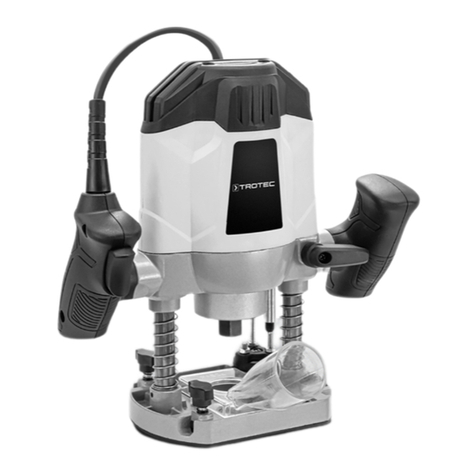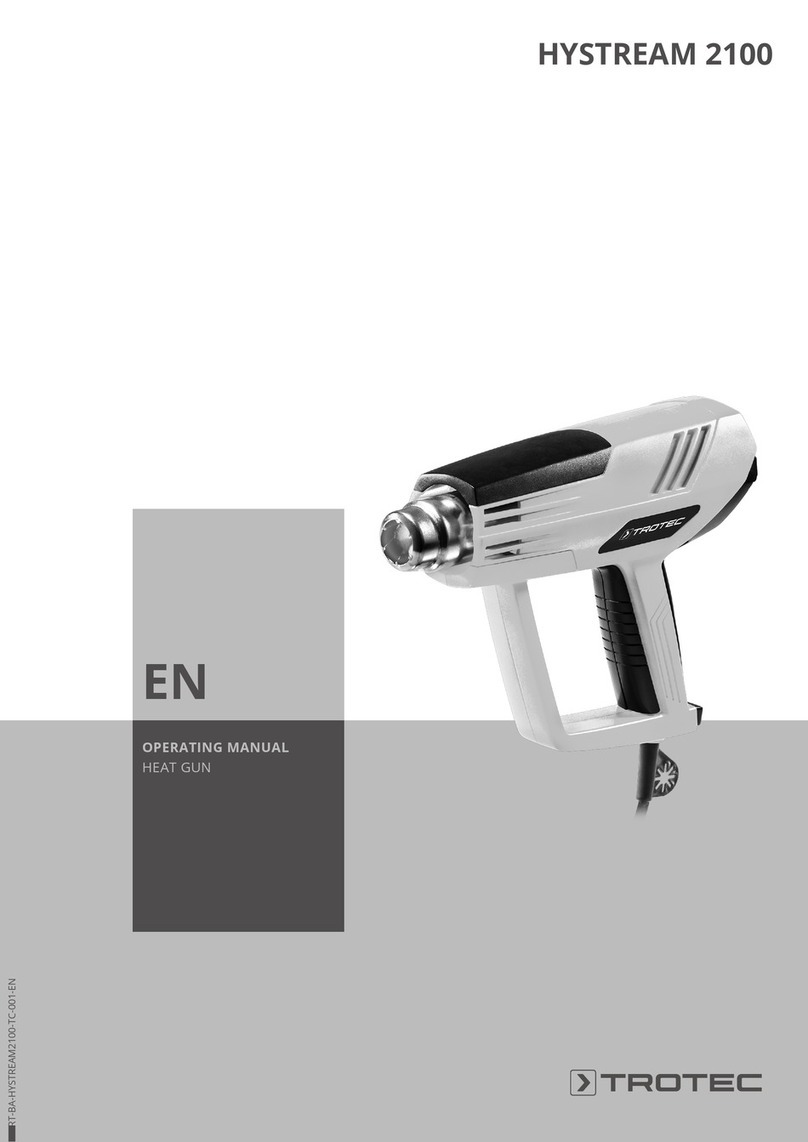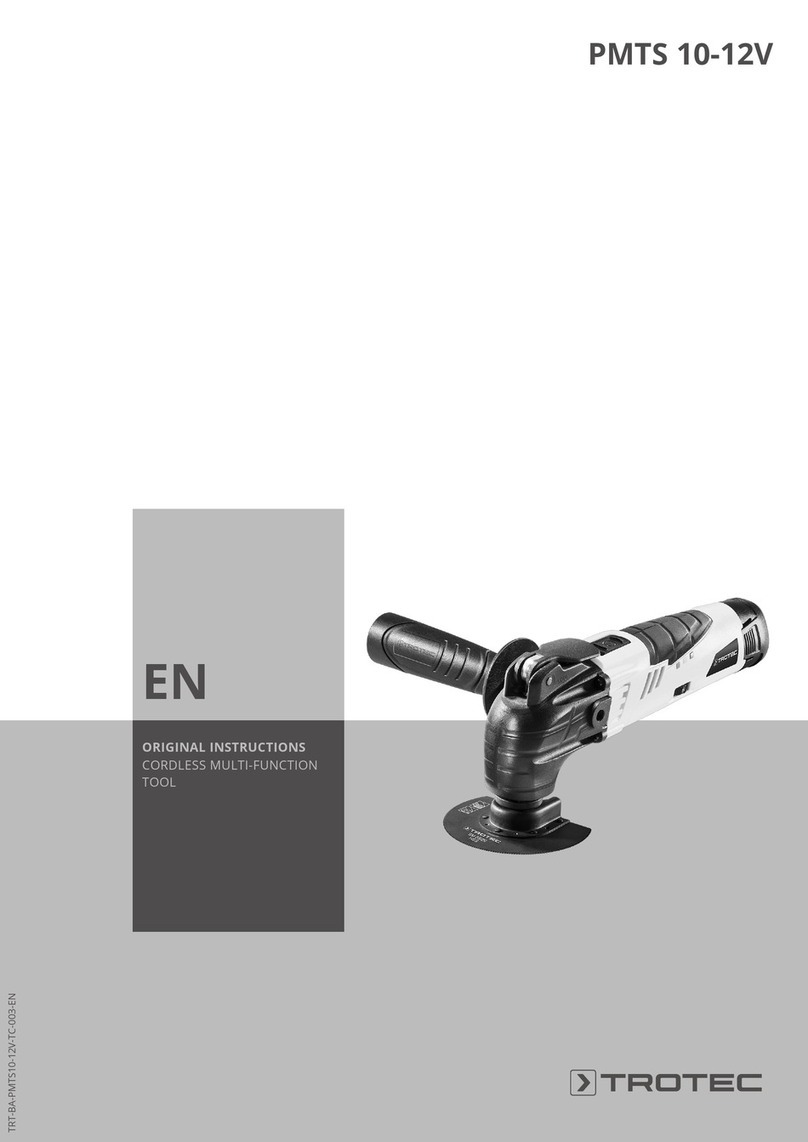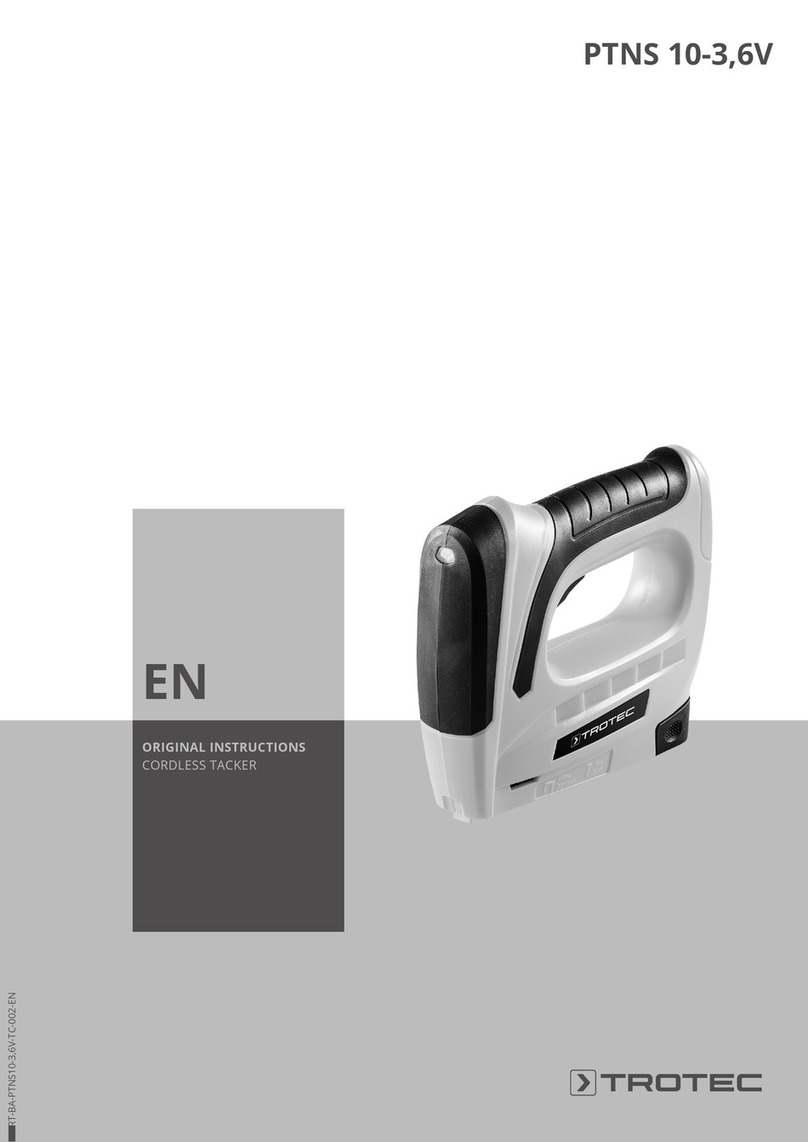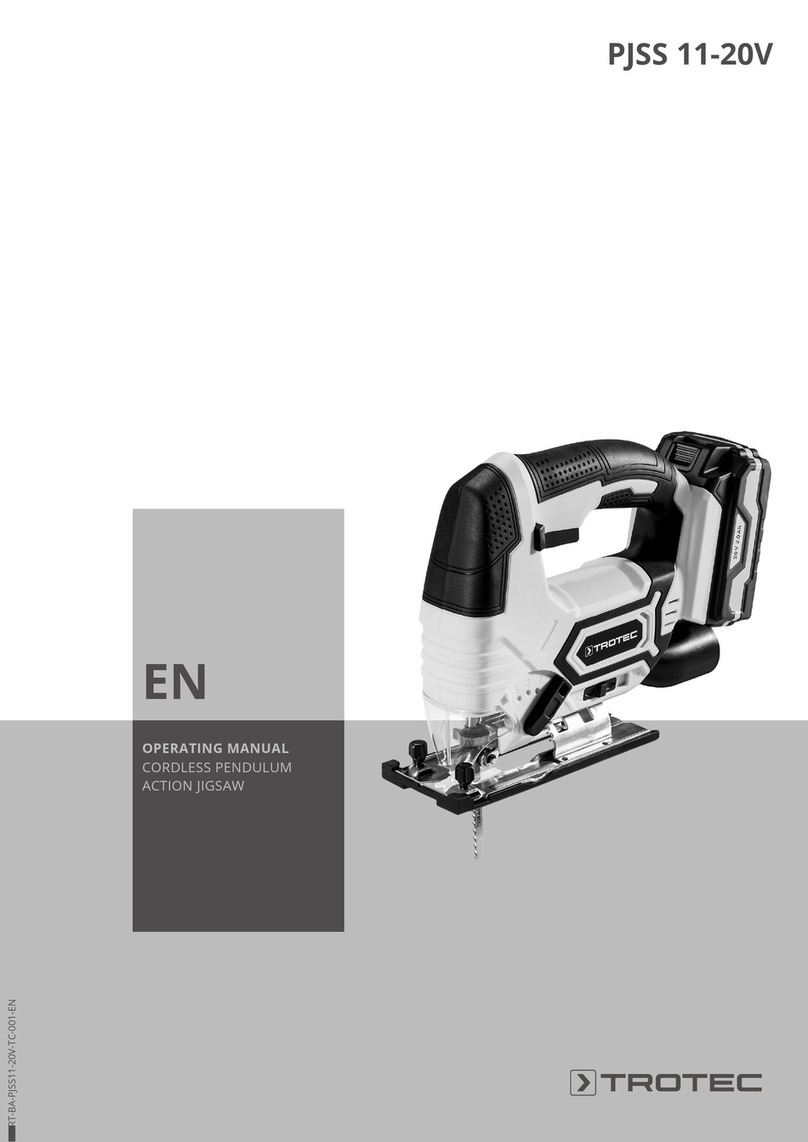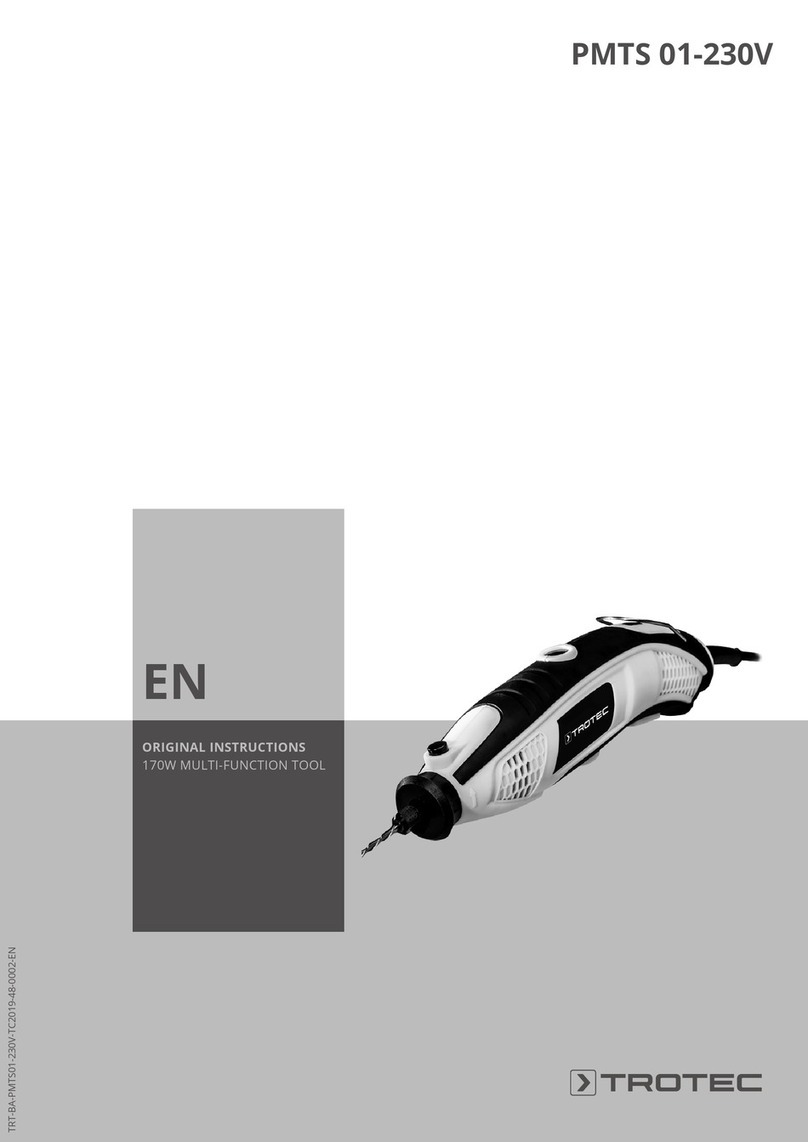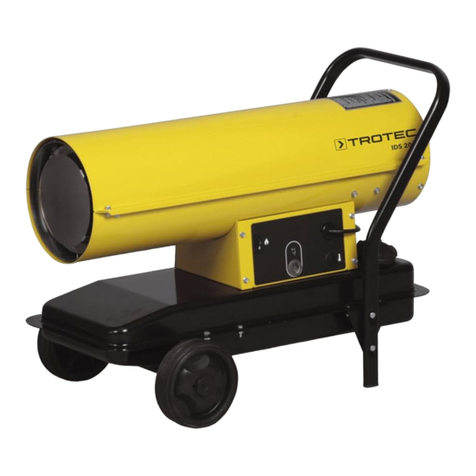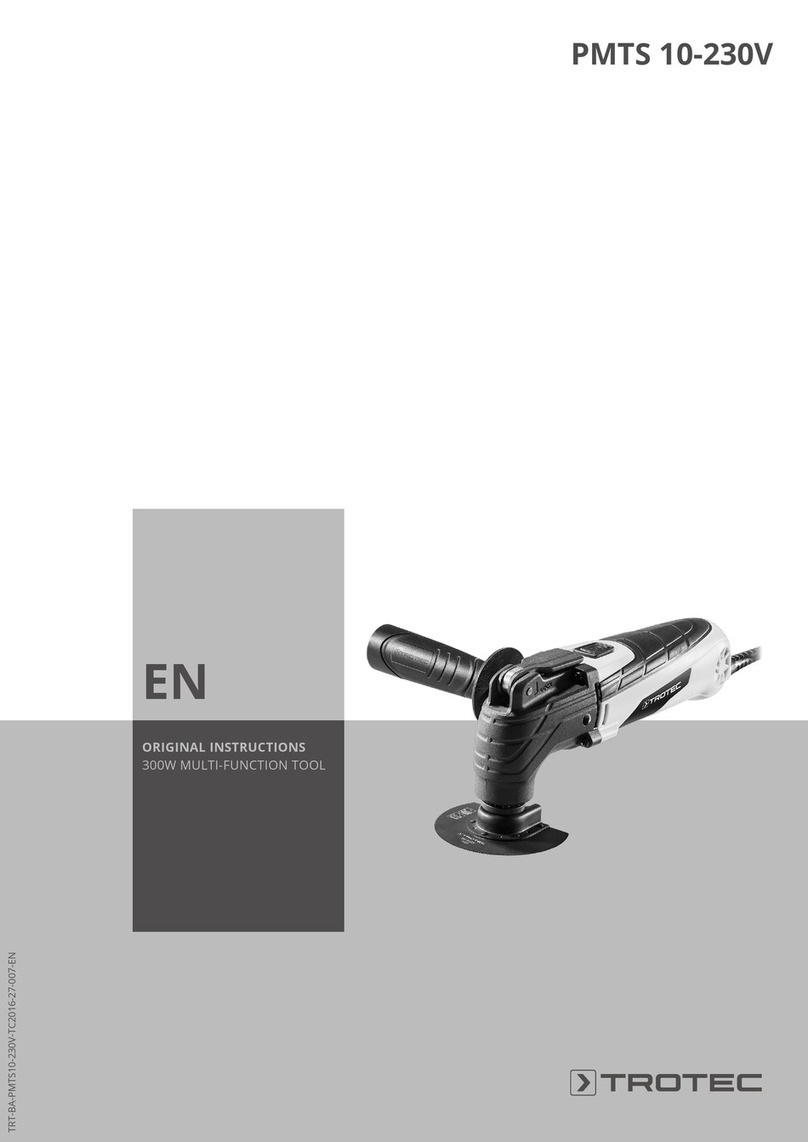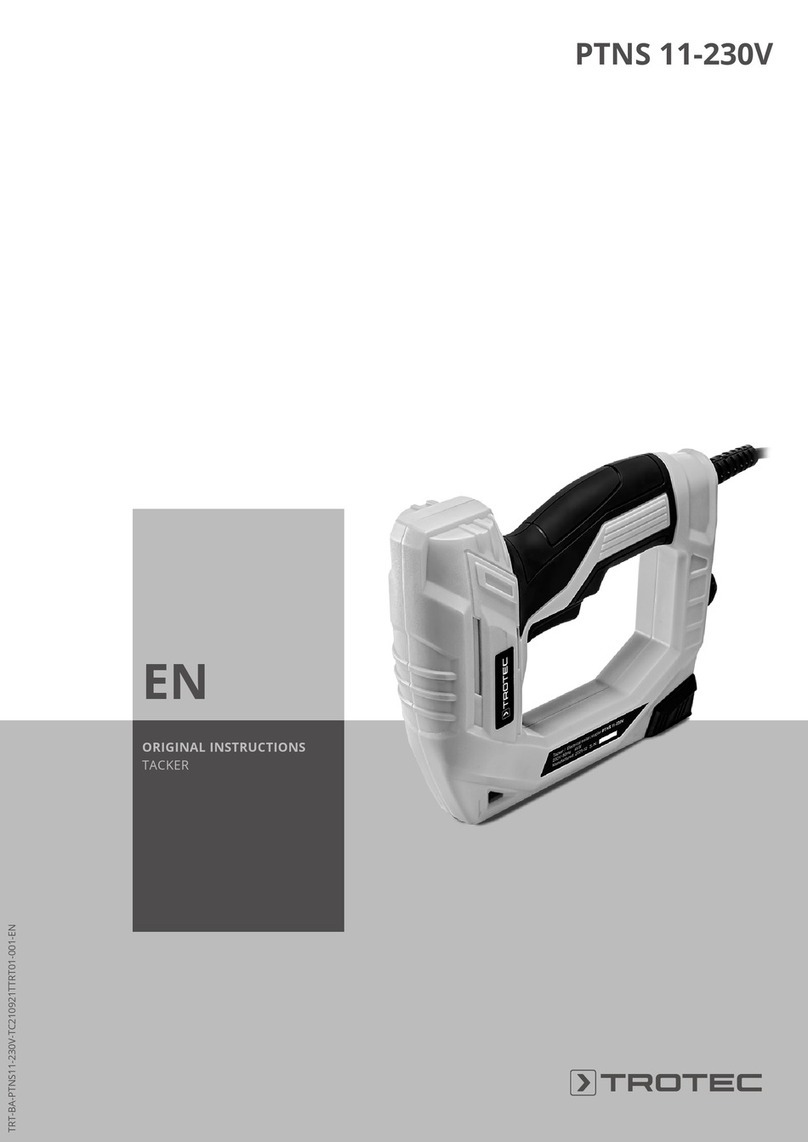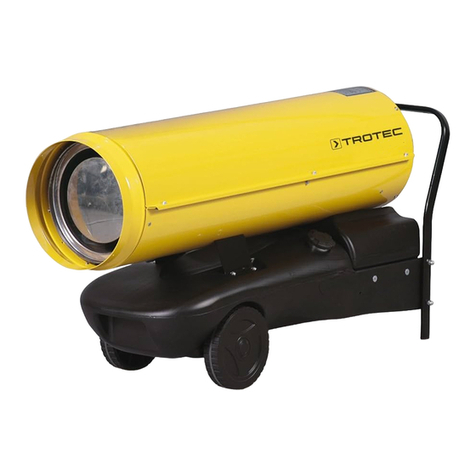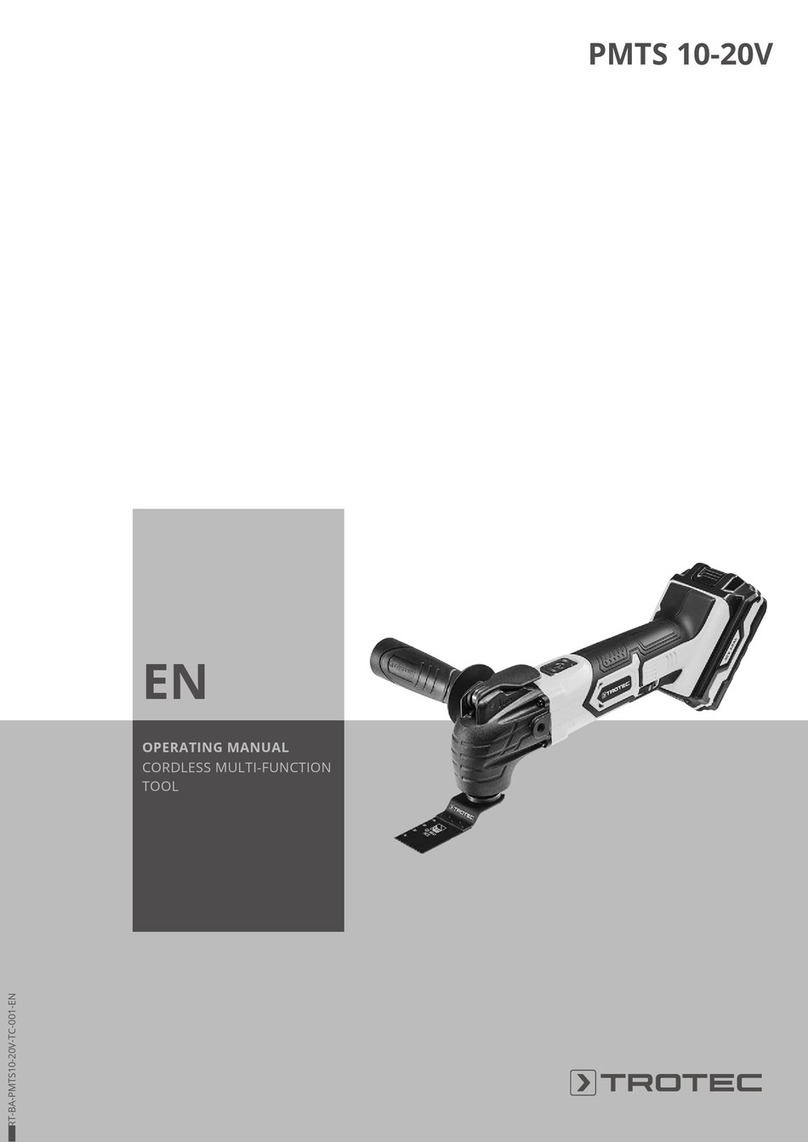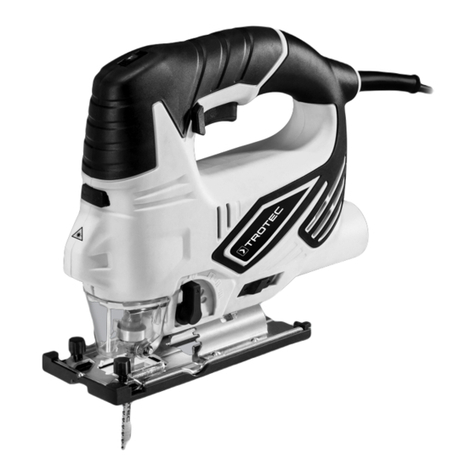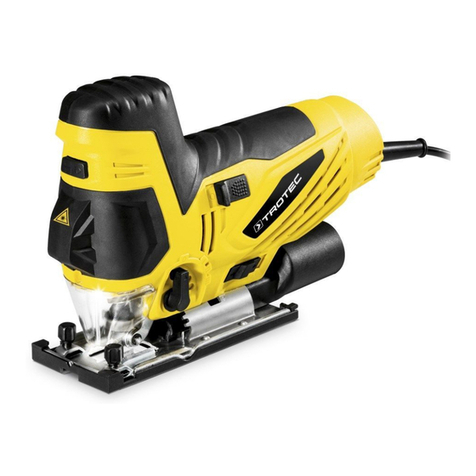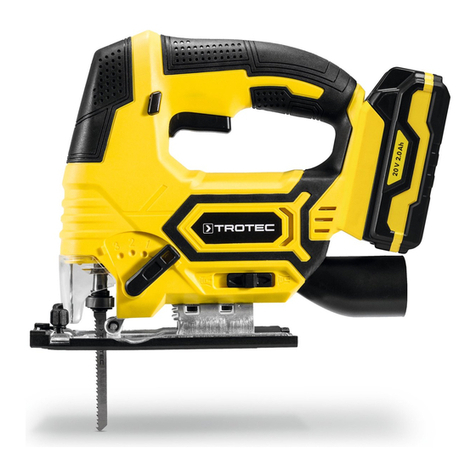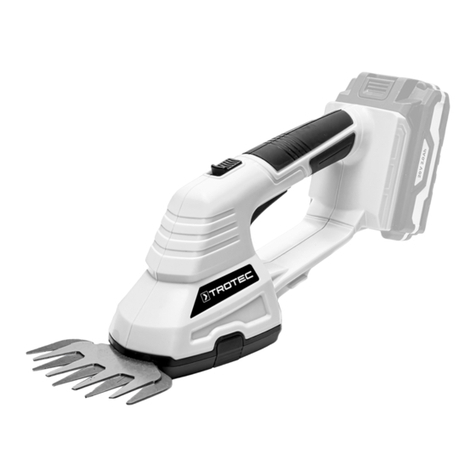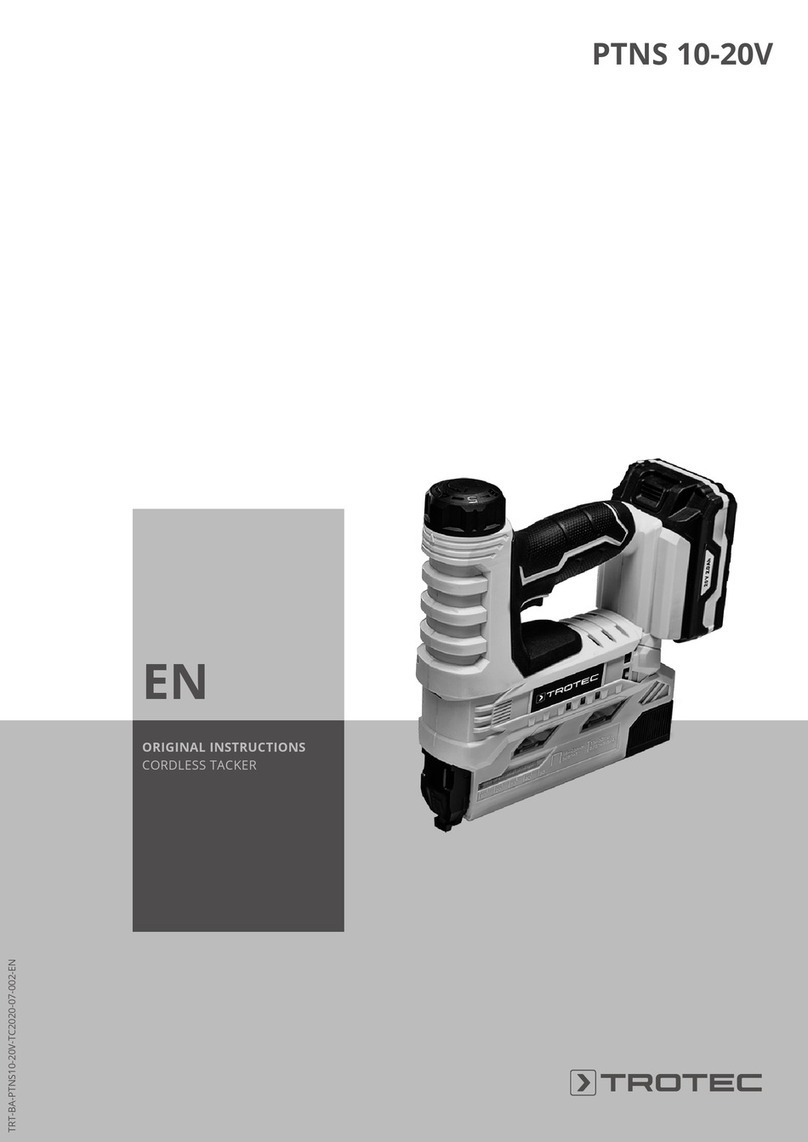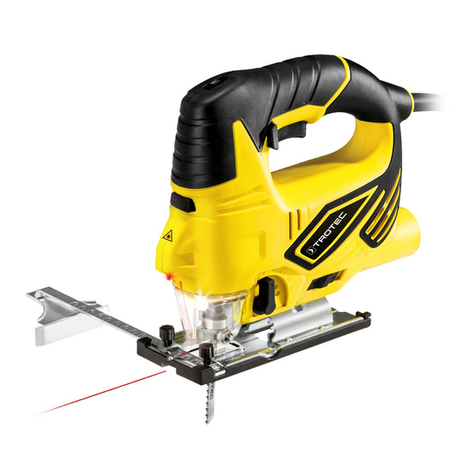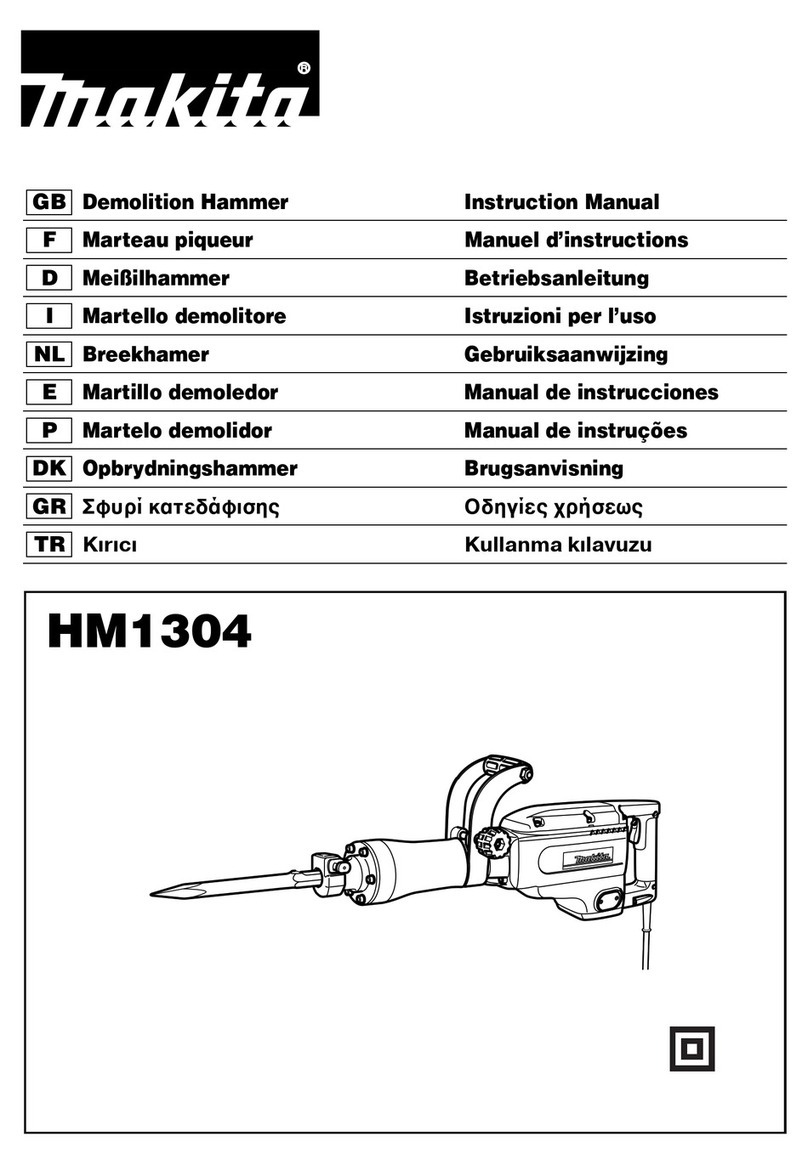
EN 4
Operating manual – 850W pendulum action jigsaw PJSS 10-230V
General Power Tool Safety Warnings – Power tool
use and care
•Do not force the power tool. Use the correct power tool
for your application. The correct power tool will do the
job better and safer at the rate for which it was designed.
•Do not use the power tool if the switch does not turn it
on and off. Any power tool that cannot be controlled with
the switch is dangerous and must be repaired.
•Disconnect the plug from the power source and / or
the battery pack from the power tool before making
any adjustments, changing accessories, or storing
power tools. Such preventive safety measures reduce the
risk of starting the power tool accidentally.
•Store idle power tools out of the reach of children and
do not allow persons unfamiliar with the power tool or
these instructions to operate the power tool. Power
tools are dangerous in the hands of untrained users.
•Maintain power tools. Check for misalignment or
binding of moving parts, breakage of parts and any
other condition that may affect the power tool’s
operation. If damaged, have the power tool repaired
before use. Many accidents are caused by poorly
maintained power tools.
•Keep cutting tools sharp and clean. Properly maintained
cutting tools with sharp cutting edges are less likely to
bind and are easier to control.
•Use the power tool, accessories and tool bits etc. in
accordance with these instructions, taking into
account the working conditions and the work to be
performed. Use of the power tool for operations different
from those intended could result in a hazardous situation.
General Power Tool Safety Warnings – Service
•Have your power tool serviced by a qualified repair
person using only identical replacement parts. This will
ensure that the safety of the power tool is maintained.
Device-specific safety warnings for jigsaws
Warning of laser radiation
Laser class2, P max.: > 1mW, λ: 650nm,
EN 60825-1:2014
Do not look directly into the laser beam or the opening
from which it emerges.
Never point the laser beam at people, animals or
reflective surfaces. Even brief eye contact can lead to
eye damage.
Examining the laser output aperture by use of optical
instruments (e.g. magnifying glass, magnifiers and the
like) entails the risk of eye damage.
When working with a laser of class2, observe the
national regulations on wearing eye protection.
•Hold the device by its insulated gripping surfaces
when performing an operation where the insertion tool
may contact hidden wiring or its own cord. Contacting
a live wire might energize exposed metal parts of the
device and lead to an electric shock.
•Use appropriate detection equipment to track down
concealed supply lines or consult the local utility
companies. Contact with electrical lines may result in fire
and electric shock. Damaging a gas line may lead to an
explosion. Penetrating a water line causes property
damage and may cause an electric shock.
•Vibrations can be harmful to the human hand-arm
system. Keep the vibration exposure time to a minimum.
•Secure the workpiece. The grip of tensioning devices or a
vice is more secure than holding the workpiece only by
hand.
•Clean the shank of the saw blade before inserting it.
A dirty shank cannot be fastened securely.
•Check the saw blade for tight fit. A loose saw blade
could fall out and injure you.
•Before switching on the power tool, ensure that the
insertion tool can move freely. If the device is switched
on with a jammed insertion tool, the resulting forces can
be extreme causing the device to kick out sideways.
•Do not work on moistened material or moist surfaces.
•Only hold the power tool against the workpiece when
the tool is switched on and running. Otherwise there is
a risk of kickbacks.
•Make sure that the base plate is positioned securely
on the contact face during sawing. A jammed saw blade
could break or cause a kickback.
•Keep your hands out of the sawing area. Do not reach
underneath the workpiece. Risk of injury upon contact with
the saw blade.
